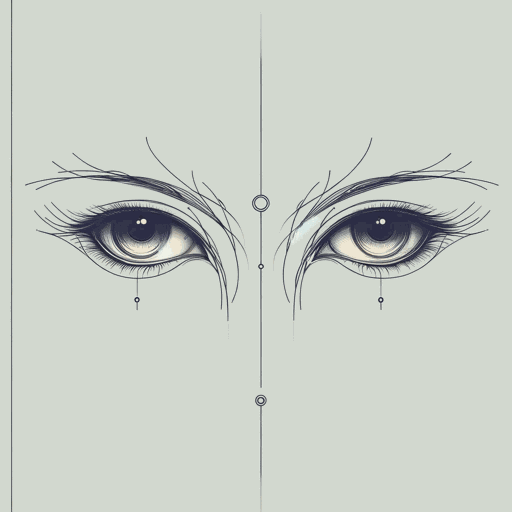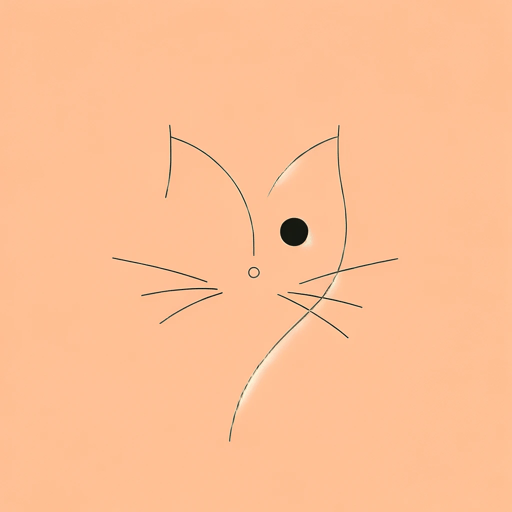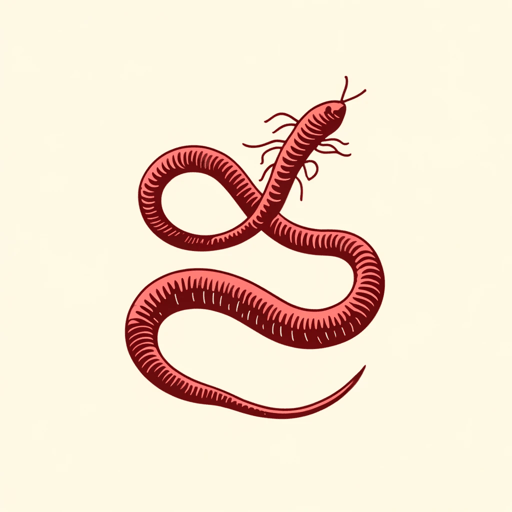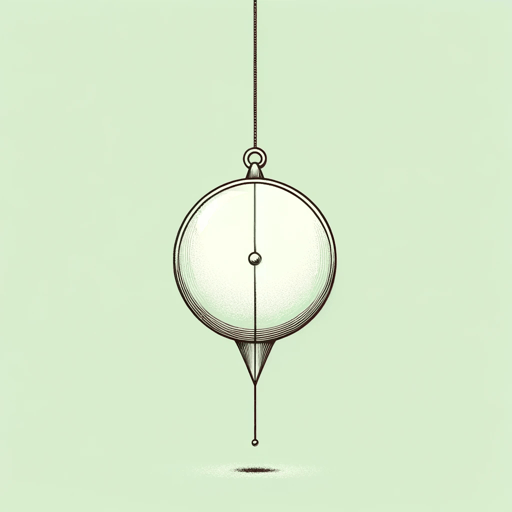16 pages • 32 minutes read
Edgar Allan PoeTo My Mother
Fiction | Poem | Adult | Published in 1849A modern alternative to SparkNotes and CliffsNotes, SuperSummary offers high-quality Study Guides with detailed chapter summaries and analysis of major themes, characters, and more.
Literary Devices
Form and Meter
The form of the poem is a Shakespearean sonnet, with a strict rhyme scheme of ABAB CDCD EFEF GG. The poem has two four-line stanzas, which are called quatrains, and then a final stanza that is six-lines long, called a sestet. The final two rhyming lines are called a couplet. Poe also uses slant rhymes, or words that employ similar sounds but do not exactly rhyme.
Shakespearean sonnets employ iambic pentameter, and the meter of this poem is loosely iambic pentameter. Pentameter means that each line has five pairs of syllables, for a total of 10 syllables. In each pair of syllables, the first beat is unstressed and the second beat is stressed, as demonstrated here: “Can find, | among | their burn- | ing terms | of love” (Line 3). Poe also uses irregular meter to avoid a sense of monotony or overt predictability in the poem’s rhythm; for example, this is one of the many lines in the poem that contains an extra syllable: “The ang- | els, whis- | pering | to one | anoth- | er” (Line 2). Poe breaks the metrical pattern to highlight key moments within the poem.
Related Titles
By Edgar Allan Poe

A Dream Within a Dream
Edgar Allan Poe

Annabel Lee
Edgar Allan Poe

Berenice
Edgar Allan Poe

Hop-Frog
Edgar Allan Poe

Ligeia
Edgar Allan Poe

Tamerlane
Edgar Allan Poe

The Black Cat
Edgar Allan Poe

The Cask of Amontillado
Edgar Allan Poe

The Conqueror Worm
Edgar Allan Poe

The Facts in the Case of M. Valdemar
Edgar Allan Poe

The Fall of the House of Usher
Edgar Allan Poe

The Gold Bug
Edgar Allan Poe

The Haunted Palace
Edgar Allan Poe

The Imp of the Perverse
Edgar Allan Poe

The Lake
Edgar Allan Poe

The Man of the Crowd
Edgar Allan Poe

The Masque of the Red Death
Edgar Allan Poe

The Murders in the Rue Morgue
Edgar Allan Poe

The Narrative of Arthur Gordon Pym of Nantucket
Edgar Allan Poe

The Oval Portrait
Edgar Allan Poe

